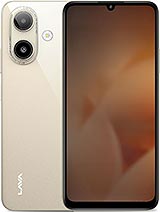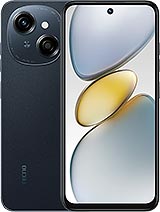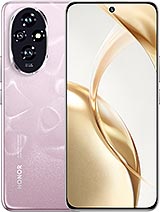Honor 200 alternatives
Tap above to see alternatives.
Lava Shark 4G alternatives
Tap above to see alternatives.
Lava Shark 4G

Lava Shark 4G
-
Unisoc T606
12 nm
-
5000 mAh
18W
-
6.67"
720 x 1612 pixels
-
50 MP
1080p@30fps
- Specs
1x2.63 GHz Cortex-A715
4x2.4 GHz Cortex-A715
3x1.8 GHz Cortex-A510
2x1.6 GHz Cortex-A75
6x1.6 GHz Cortex-A55
12GB 512GB (UFS 3.1)
f/2.0, (wide), 1/1.56", 1.0µm, PDAF, OIS
50 MP
f/2.4, (telephoto), PDAF, OIS, 2.5x optical zoom
12 MP
f/2.2, 112˚ (ultrawide), AF
(wide), AF
1080p@30/60fps
f/2.1, (wide)
1080p@30fps
SIM1: Nano, SIM2: Nano
SIM1: Nano, SIM2: Nano
FDD: N3
TDD: N40
FDD: N3
TDD: N40
In this performance comparison, the Honor 200 with its Qualcomm Snapdragon 7 Gen 3 (4nm) performs better than the Lava Shark 4G with the Unisoc Unisoc T606 (12nm), thanks to superior chipset efficiency.
Honor 200 features a superior AMOLED display, while Lava Shark 4G comes with an LCD panel. Both smartphones offer the same 120 Hz refresh rate. Both devices deliver the same brightness level at nits. Notably, Honor 200 offers a higher screen resolution, resulting in sharper visuals and more detailed content.
Honor 200 comes with a larger 5200 mAh battery, which may offer longer usage on a single charge. Honor 200 also supports faster wired charging at 100W, compared to 18W on Lava Shark 4G.
Lava Shark 4G includes an IP54 rating, while Honor 200 lacks an official IP rating.
- Honor 200 – Check price here
¹ Scores can vary even with the same chipset due to RAM, thermals, and software optimization.











